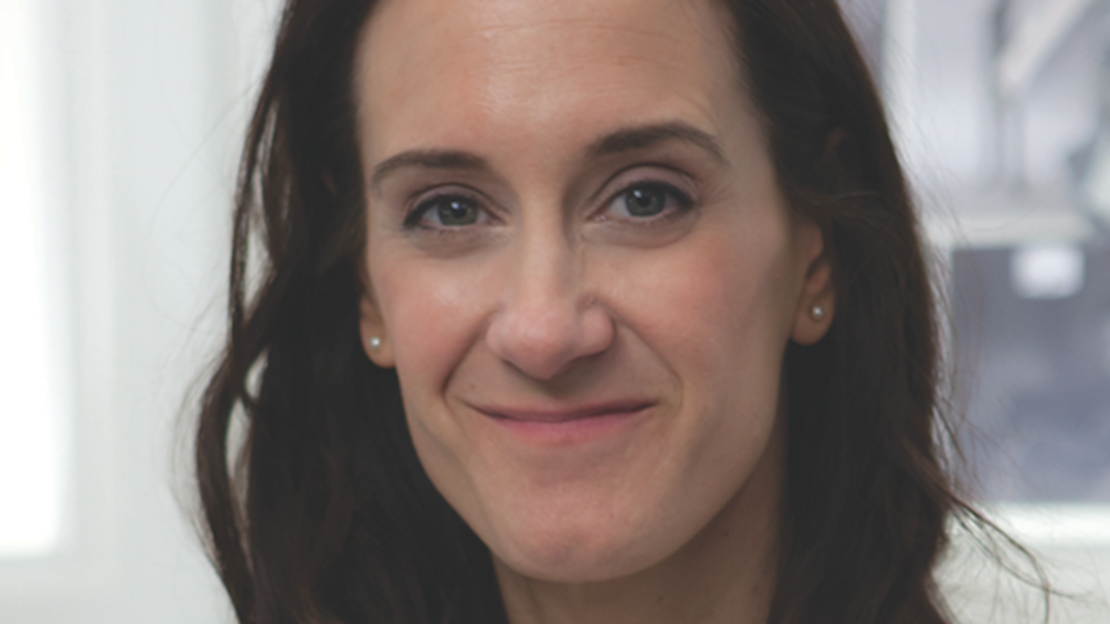Job title: Producer
Industries: Animation
Allison Abbate is a producer specialising in animated children's films. She has worked on films such as The Nightmare Before Christmas, The Iron Giant and Corpse Bride. Her recent credits include executive producer on The Lego Movie.
Allison finds that her role is usually split 50/50 between the creative and the business side. As her films are usually studio-backed, she does not have to bring in the finance, but she does manage the budgets, works out the profit margins and the resourcing. Working with 3 Mills Studio in London on three stop-motion features, Allison’s job has been to establish what pipeline and crew is achievable on the budget. The other half of Allison’s role is creatively shaping the film: being on site and creating an environment that encourages the artists to make their best work.
Allison feels that political skills are important to the role. She interfaces with the studio and the other producers on projects, keeping them updated with how the production is progressing, particularly when they are filming far away. She also has to keep the crew inspired and connected to the vision and demands of the studio as well as the creative vision of the director. The producer role is very much the liaison between these different elements.
“Stop motion is a complicated medium that people in the studios may find hard to understand. It’s important to keep people aware of what is possible and what the challenges are. It’s a tightrope ropewalk, but that’s part of the fun. I enjoy being the person that is able to translate the magic.”
Allison views features like marathon races, as the films she works on take around two-and-a-half to three years to make once a strong script is in place. The producer has to be able to keep the energy going through the entire process. While some departments ramp up and ramp down, the producer is in it for the entire process.
With technological developments such as producing Frankenweenie in 3D, Allison has ensured that she had the best experts involved. She has learnt over time that the producer doesn’t need to know everything, but needs to know how to find the right people with the expertise.
Allison grew in New York and studied semiotics at Brown University in Rhode Island, while making films in her personal time. Wanting to pursue a career in filmmaking, she moved to Hollywood and found herself temping at Walt Disney Pictures just as The Little Mermaid was finishing up.
As she had made herself useful during her time there, she was invited to work on the next film they were starting to crew up on, The Rescuers Down Under. This was the first animated feature to be entirely digitally painted and composited, and Allison was tasked with the role of assistant production manager: layouts/retakes.
Although a career in animation had not been on her radar before, she found the studio such an amazing environment to work in, that the prospect of working with talented animators and being involved with technological advancements drew her in. After The Rescuers Down Under was delivered, she was told about a new Tim Burton film that Disney was producing, using a stop motion technique the studio had never used before. Curious to learn more, Allison took on the role of artistic coordinator on The Nightmare Before Christmas. Her role involved coordinating every artistic department including scriptwriters, storyboard artists and model makers. Allison believes that this role was the greatest preparation for producing, as she had to interface with every phase of the process and every artist.
Allison went on to assist Disney in setting up studio in Paris at the time they were making Beauty and the Beast, and worked on projects for Warner Brothers including The Iron Giant (which won a BAFTA children’s award for best feature in 2000) before reuniting with Tim Burton on Corpse Bride. She has since produced Wes Anderson’s Fantastic Mr Fox and Tim Burton’s Frankenweenie, and was an executive producer on The Lego Movie.

